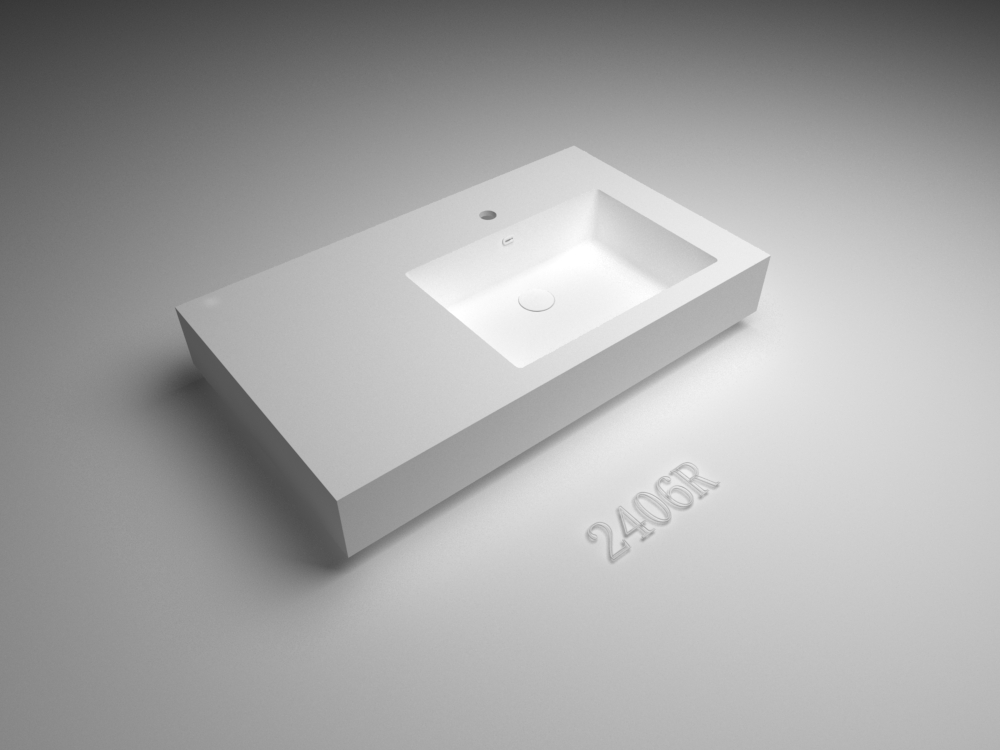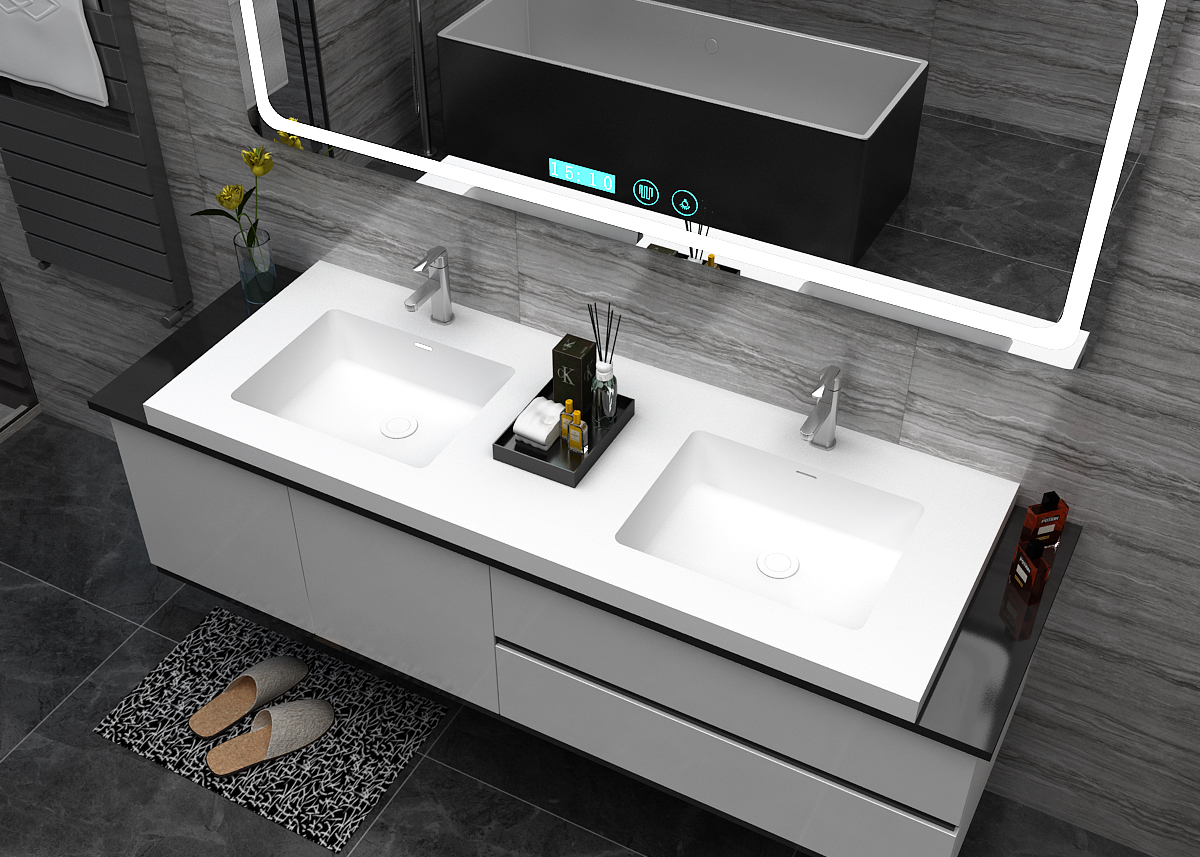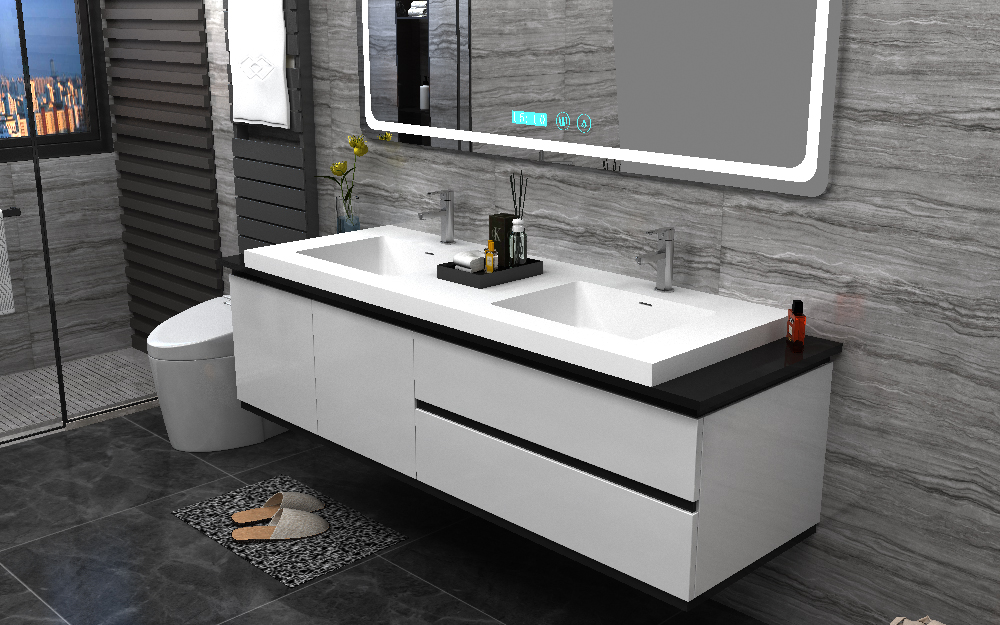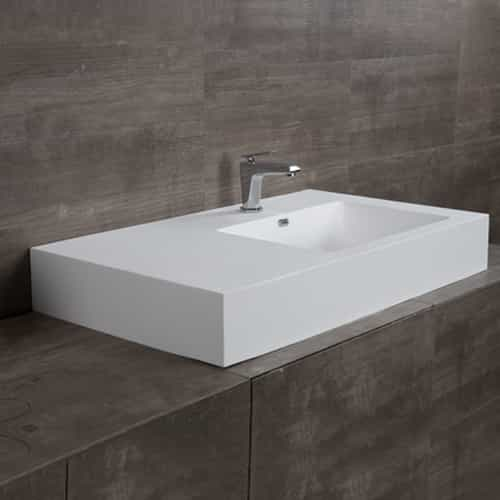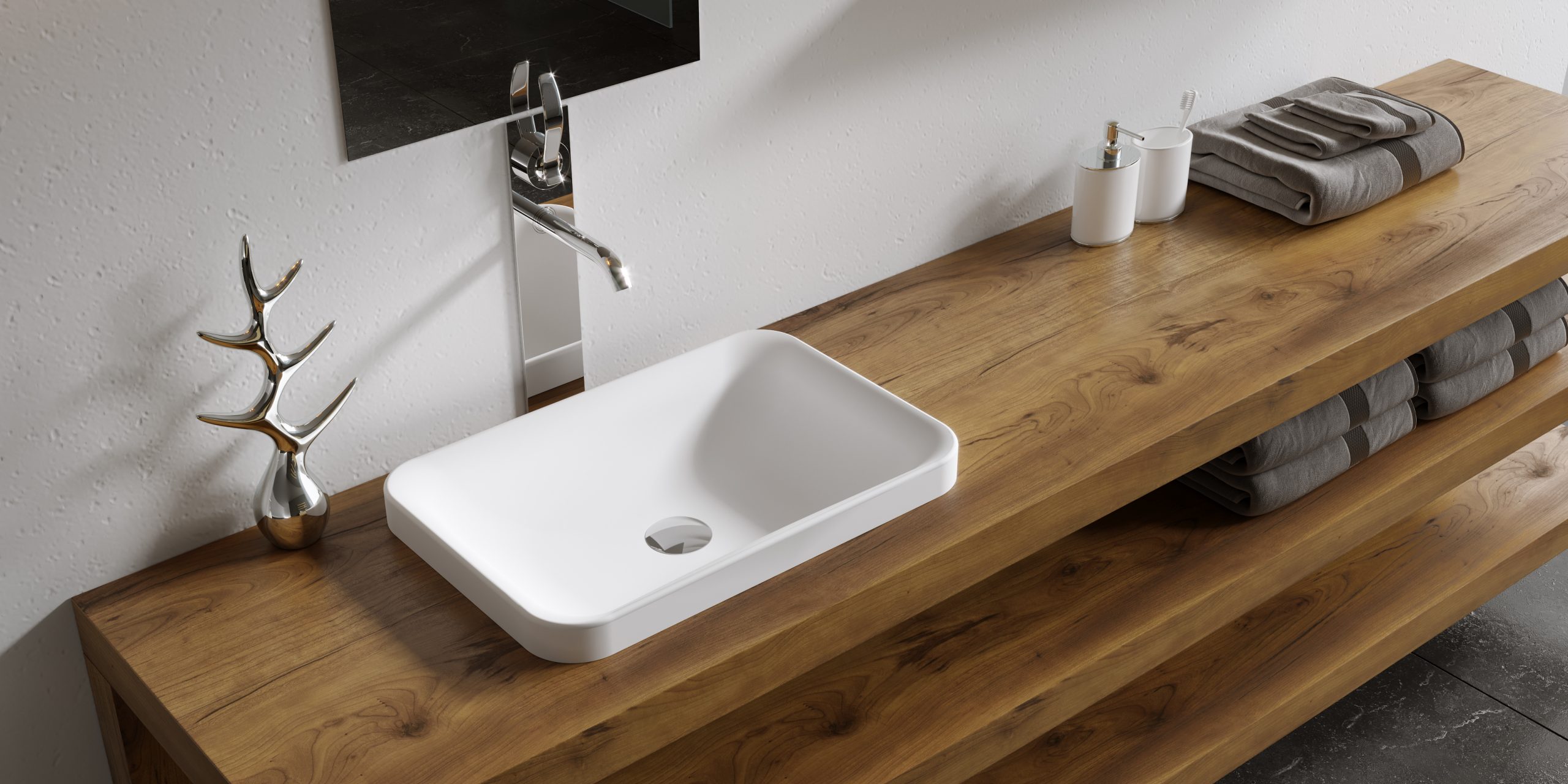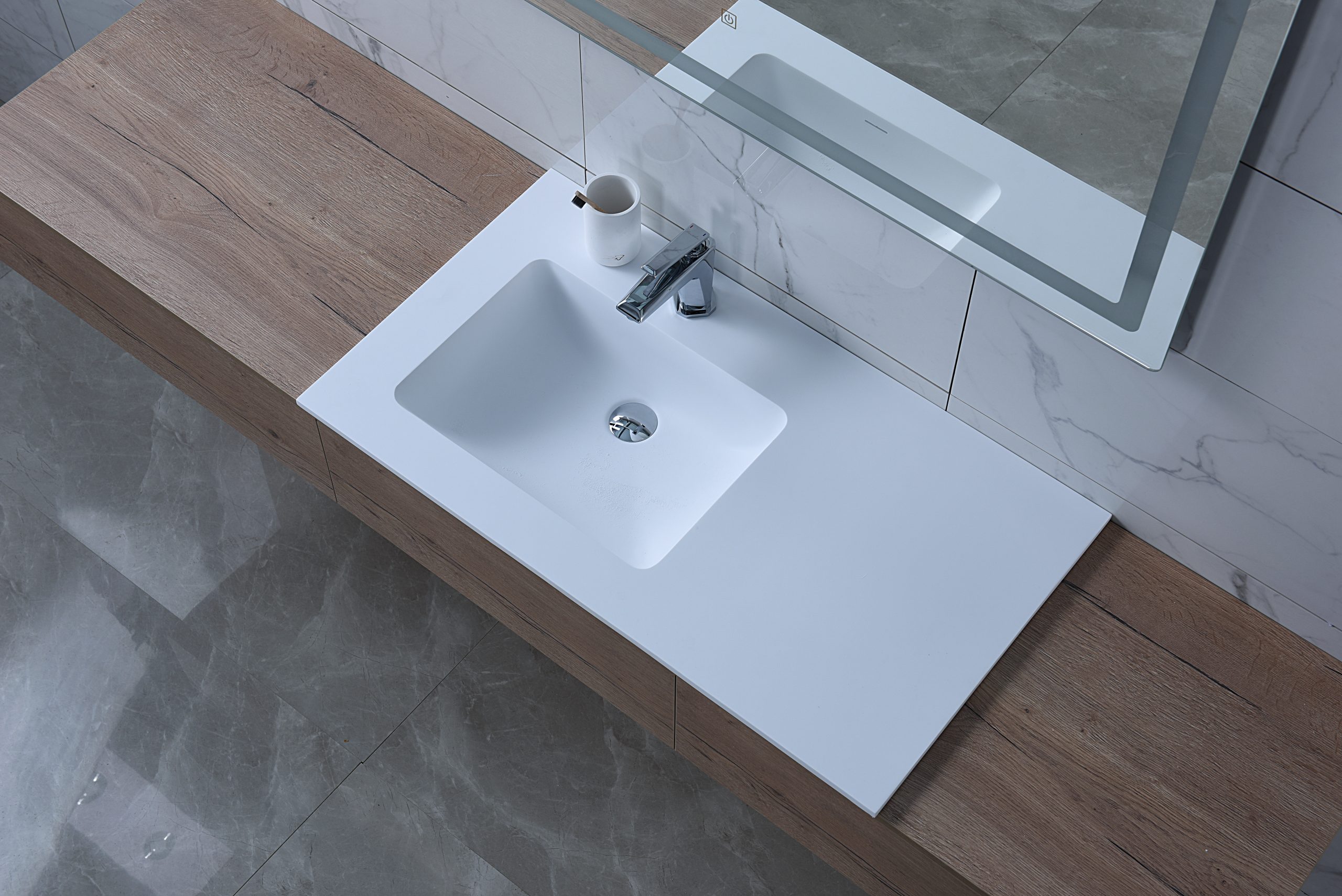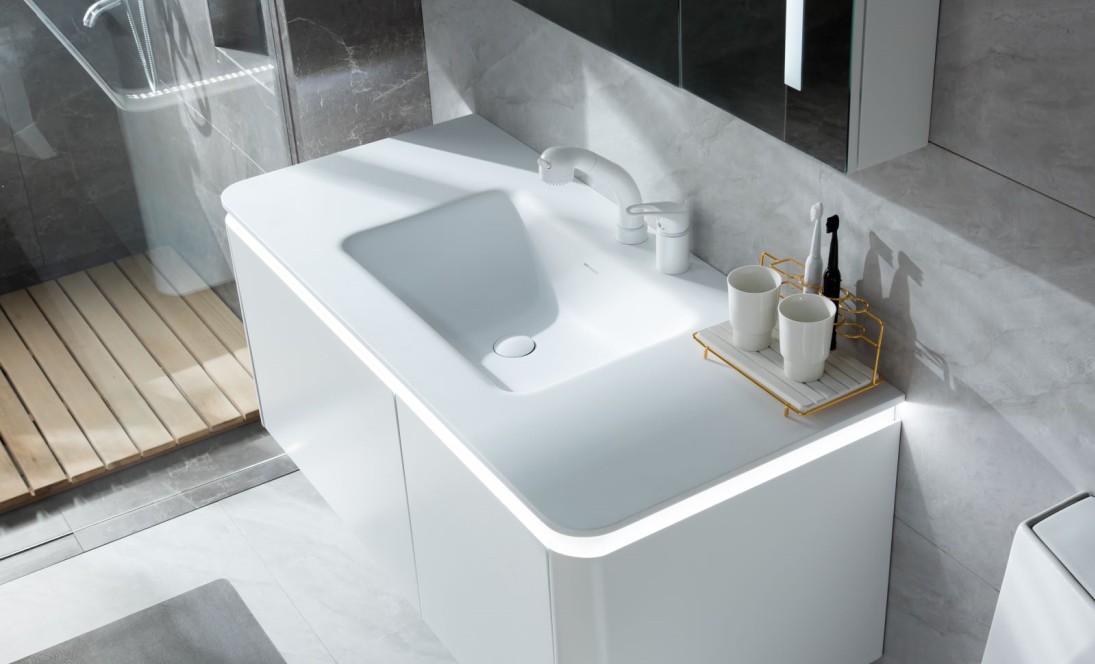
Is it true, as many of the trust’s associates have heard, that toilet bowls carry bacteria and that the force of the cyclone and water can spread them further and longer? Is it better to cover the toilet seat or not? Here’s a look at some of the most scientific notes on life knowledge collected and spread to your friends, family, and friends.
Bacteria in the toilet? Should the toilet seat be closed or not
Should the toilet seat be closed or not?
It is said that when we press the button on the toilet, the instant cyclone inside the toilet can carry germs up to 6 meters in the air and stay suspended for hours. While our toothbrushes and towels may be in the same room as the toilet, we are naturally vulnerable to bacteria.
New York University’s Dr. Philip said that if the toilet seat is opened when the toilet is flushed, the transient cyclone inside the toilet can carry germs or microorganisms up to six meters into the air and stay in the air for several hours, landing on the walls, toothbrushes, mouthwash cups and towels. Now in most households, toilet, wash, shower are held in the toilet, toothbrush, mouthwash cup, towel and toilet coexist in the same room, naturally it is easy to be contaminated by bacteria. Therefore, should develop the habit of covering the toilet seat when flushing.
According to numerous papers cited in two medical reviews published in 2012, there is indeed a correlation between cyclones caused by pumping water and the spread of microbes, and the habit of keeping the toilet lid up while flushing is also worth promoting. What’s more, when these studies circulate on social media, a lot of crucial information comes from the research — which microbes might be spreading this way? How limited is the spread of these microbes? How many potential hazards does the spread of microorganisms have on human body? This is all ignored, reduced to a simple conclusion and added that “a momentary cyclone inside a toilet can carry germs or microorganisms up to six metres into the air and stay suspended for hours”. The studies gave no details.
Not all microbes rise to the top
Only those with “innate” microbes can use the east wind of a toilet cyclone to show their “power”. A 2005 study found that Salmonella bacteria grown in toilets were able to cluster into structures called biofilms and stay firmly rooted in sewers. Because of this “reservoir” of bacteria, they were still found in the toilet 12 days after the experiment ended. This also increases the likelihood that they will spread through pumping cyclones. Others, unable to grow deeper, look for the opposite bias. As early as 1980, scientists discovered that bacteria with more lipids in their cells were more likely to accumulate outside the water. If a cyclone could pick up microbes in the water, they would be the vanguard of microbes.
However, the characteristics of the microbes themselves are not enough to allow them to pass from the toilet to the air, and the size of the cyclone determines its limited circulation. Interestingly, the physical characteristics of such cyclones are still poorly understood. The only thing that is certain is that these cyclones change depending on the type of toilet.
Toilet bowl has limited bacterial contamination capacity
Due to the differences of microorganisms accepted in the experiment, the transmission limitation is also different (most of the experimental toilets are siphon). E. coli can be concentrated within a 1 meter diameter limit centered on the toilet within two hours after flushing, salmonella can spread to the same limit within 30 minutes, and clostridium can be concentrated within a 25 centimeter limit from the toilet seat to the toilet seat within 60 minutes.
In some longer experiments, microbes were able to spread throughout the bathroom at very low concentrations (only 20% of the wall incubators had bacterial growth, with up to five colonies growing in a single incubator; Only 5% of the culture dishes in the bathtub had bacterial growth, except the maximum growth of more than 100 colonies in a single culture dish), which was also related to the inclusion and diffusion of droplets containing microorganisms and air.
However, in these studies, there is no record of microbes spreading to a height of 6 meters. How long these microbes can stay in the air is even less clear.
In some extreme cases, microbes transmitted through toilet cyclones may affect human health. Mycobacterium tuberculosis has more lipids, which are easy to be stored in the upper layer of toilet residual water. When the human gastrointestinal tract is infected with TB bacteria, it can cause diarrhea, causing retransmission. However, it is estimated that this accounts for less than 5% of the total number of cases. Another possibility is that the microbe circulating in toilet cyclones is a well-known one — SARS. The account of the 2003 SARS outbreak at Amoy Gardens in Hong Kong speculated that the rapid spread of exudates from the original SARS patient through drains and exhaust fans in the floors may have caused the outbreak throughout the building. But these are either extreme cases or unconfirmed research predictions.
Get into the habit of flushing toilet seats
In order for any organism to cause disease, it needs a certain dose. In the experiment, the researchers tested the microbes by mixing them equally with feces or culture fluid into a suspension, which naturally helped the microbes spread. In reality, only diarrhea or vomiting came close to the experimental conditions. In other words, normal defecation is only more limiting to the spread of microbes, and the concentration in the air is lower. However, the concentration of microorganisms suspended by cyclones in the air can vary by hundreds of times depending on the species, so whether microorganisms carried out by toilet cyclones can cause disease needs further research in the future.
According to the results of the existing research, some microbes are more likely to be stored around the toilet. A cyclone from a flush toilet can literally spread microbes. Some measures can reduce the flow of microbes through cyclones. The simplest way to do this is to put the lid on the toilet seat when you flush. This no-frills procedure reduces the amount of microbes splattered to one-twelfth of what it would be if the lid was off. In addition, washing the toilet and tank regularly with sterilized water can also limit the presence of microorganisms in the toilet. While the spread of these microbes is limited and the duration is unknown, keeping the toilet lid on when flushing and regularly cleaning toilets and tanks with sterilized water can help reduce potential health risks.







